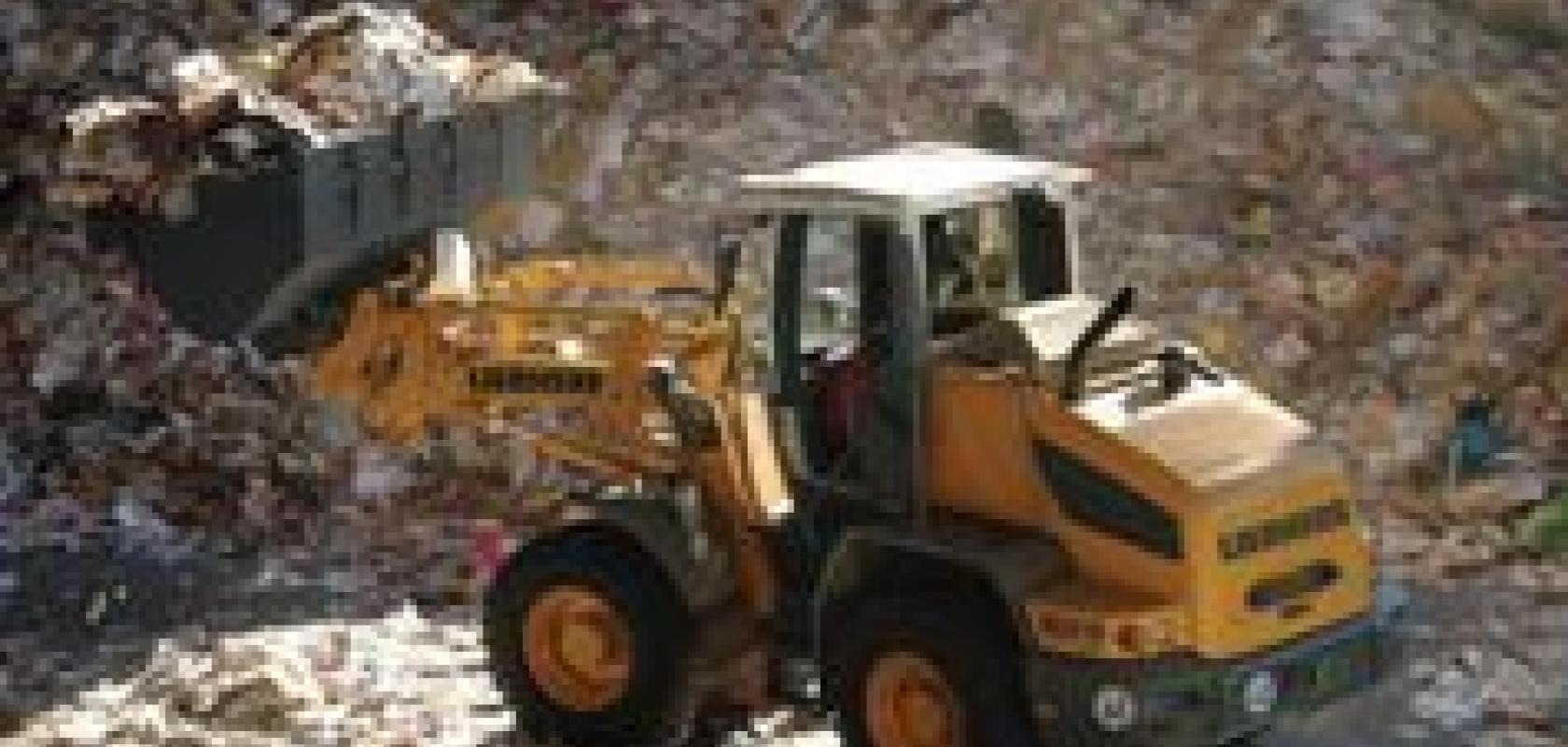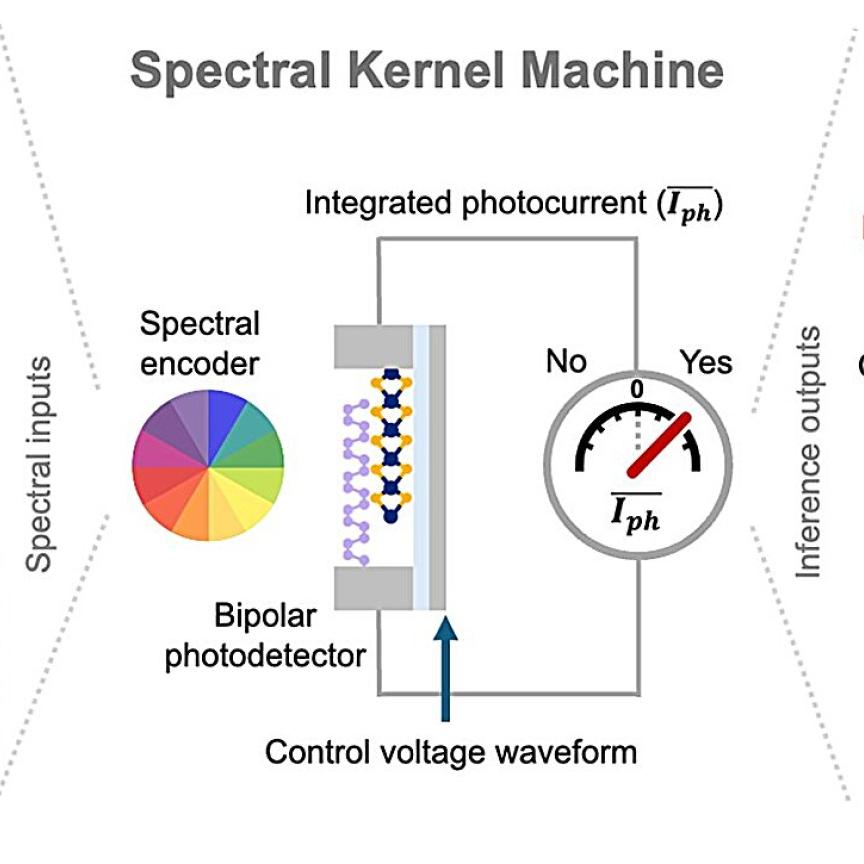Firstly, those of you who recycle – well done! And many of us do nowadays, encouraged by local councils to sort our waste into the relevant bins for collection. In New York City, the Department of Sanitation collects 12,000 tonnes of residential and institutional refuse and recyclables a day, and that’s not including the City’s businesses, which generate another 13,000 tonnes each day. In an attempt to reduce waste for landfill – until it was closed in 2001, the Fresh Kills Landfill site on Staten Island was the largest landfill in the world; taller than the Statue of Liberty, it could be seen from space – NYC residents are now faced with a possible $25 fine for not separating recyclables from standard garbage, which could rise to $500 for repeat violations. In New York they take recycling seriously. Fresh Kills Landfill site, by the way, is being regenerated into parkland and reclaimed wetlands.
While it’s in our and the planet’s interest to sort recyclable from non-recyclable waste, recycling centres are driven by more selfish reasons. For them it’s about turning waste into a product that can be sold for profit. And this is where imaging comes in, as it improves the sorting process to increase the purity of the product.
Sorting plastics for recycling is one area where imaging – specifically hyperspectral imaging – is playing a role. Chris Baldwin, business development manager at Stemmer Imaging, comments that traditionally, plastics have been sorted manually simply with people recognising and sorting the different types of bottle. This isn’t particularly efficient and is prone to errors. ‘Impurities are the problem here,’ he states. ‘If you can sort the plastics 100 per cent correctly, you can turn your tonne of plastic from something that would be buried in the ground to something that can be sold. It’s chemical purity that the recycling centres are after and being able to guarantee that.’
Stemmer Imaging supplies hyperspectral cameras that can be used in recycling operations. The general idea is to generate a spectral fingerprint of the plastic passing on a conveyor to identify it by chemical composition and sort it into plastic type.
A hyperspectral camera uses a prism or diffractive optic to split the incident light into its constituent wavelengths. The separate wavelengths fall on the different lines of pixels in an array, so that each line corresponds to a different wavelength. For instance, in a 320 x 320 pixel array, each of the 320 pixel lines will be matched to a particular wavelength or small band of wavelengths. Spatially, the data is still a single line, but for that single line there are 320 samples covering a range of wavelengths.
For each pixel column, a decision can be made on the chemical composition of the material based on its spectral fingerprint. The resulting information is called a data volume, which is a stack of images at different wavelengths.
Imaging in the spectral domain allows pigments present in the plastics to be ignored. ‘One of the big challenges in plastic sorting is that you can have many visible colours and yet have the same underlying plastic,’ explains Doug Malchow, industrial business development manager at Sensors Unlimited – Goodrich ISR Systems. He gives the example of black plastics used in automotive production, which can be difficult to separate. Goodrich manufactures shortwave infrared (SWIR) cameras and linear arrays for a variety of applications, including plastic recycling.

Plastic bottles can be sorted into material type using NIR spectroscopy, irrespective of colour or shadows on crushed bottles. Image courtesy of Sensors Unlimited.
Recycling centres might grind plastic automotive parts into pellets, which are then sorted with air guns based on hyperspectral imaging data. ‘Shredding the plastic before sorting is quite a good way to do it [sort the material],’ comments Baldwin. ‘If everything goes into a shredder you can use a waterfall system, where the plastic is tipped off the end of a conveyor, the data processed as the plastic pieces fall through the air, and then air jets used to sort them into different containers. That’s not perfect because there will be pieces overlapping, but you can do a double sift for those pieces that were missed the first time.’ This kind of system has been used successfully for sorting rice, for example.
InGaAs sensors operating in the SWIR region, such as those from Goodrich or Hamamatsu (Hamamatsu provides InGaAs detectors offering good resolution and high speed, up to 5MHz), are used in hyperspectral systems. The fundamental vibration frequencies of diatomic molecules, such as C-H, O-H, and N-H found in plastics, map to the midwave infrared (MWIR). However, as Malchow explains, most MWIR detectors need cryogenic cooling to get a useable signal-to-noise ratio, as thermal background radiation from the imaged objects creates a noise floor. For wavelengths below 2.2μm, however, the background radiation doesn’t affect the sensor as significantly. Extended-InGaAs sensors operating in the 1.0-2.2μm SWIR band don’t need to be significantly cooled, and standard InGaAs sensors operating in the 0.7-1.7μm band can actually run above room temperature, suitable for industrial settings.
Each wavelength in the MWIR associated with a fundamental molecular vibration will also have a shorter wavelength associated with a harmonic (a sympathetic vibration occurring at a multiple of the fundamental vibration). The first overtone of water is around 2.2μm; there are O-H combinations between 2.0 and 2.1μm; water has a high absorbance at 1.94μm as a second overtone; and O-H and water both have overtones at 1.43μm. There’s evidence of these molecular absorbances throughout the SWIR and this continues into the visible region, with fourth and fifth overtones of some of the molecules.
With each harmonic the amplitude of absorbance diminishes. Working in the SWIR region, Malchow notes, means the amplitude of absorbance is higher than in the visible, but the sensors don’t need significant cooling to have good sensitivity. ‘SWIR cameras are small with low power consumption and thus more suitable for industrial applications,’ he states. The other advantage with this kind of near infrared spectroscopy is that a decent spectral absorbance can be detected from the object’s natural surface without any sample preparation.
Most recycling centres will use various mechanical sorting methods, such as drums that revolve to sort light from heavy objects, floatation tanks that sort materials like Styrofoam, and metal detectors and magnetic conveyors to sort out metals. ‘The hyperspectral system will be used on one of the semi-pure lines to increase purity,’ explains Baldwin.
The sorting methods are also normally repeated to increase the purity. ‘The higher the purity for each product recycling centres can extract from waste, the more money they can sell it for,’ Baldwin continues. ‘And generally this relationship is an exponential one – you can double a material’s value by increasing the purity by a couple of per cent.’
Baldwin adds: ‘Plastics can’t be sorted by colour, weight, or specific densities because they’re all roughly the same. The chemical composition of the plastics however is a good way to differentiate between them.’
Sorting paper
Hyperspectral imaging has found a niche in plastic recycling, as it provides an automated sorting method. Paper is a different matter and there are various mechanical, chemical and optical sorting methods used to sort it. However, the same hyperspectral imaging technology has been employed in an EU project called Sortit, or Recovered Paper Sorting with Innovative Technologies, that looked at how to optimise the entire paper recycling chain.
The recycling rate for paper in Europe reached 66.6 per cent in 2008 and there are EU directives in place to increase that. The Sortit project, which is now complete – the first two units were installed in the recycling plant of Rauch AG in Linz, Austria in June 2010 and have been running full speed since October 2010 – had 14 participating members from eight European countries. One of the project members was Austrian company EVK DI Kerschhaggl, which manufactures hyperspectral cameras and was tasked with sensor development and integration into sorting machines.
‘We built on our previous experience of fabricating near infrared (NIR) hyperspectral imaging cameras for plastic sorting,’ explains Daniel Sandu, technical director at EVK.

EVK’s standard cameras for plastic sorting are based on InGaAs sensors with sensitivity up to 1.7μm. The challenge was to develop hyperspectral sensors based on mercury cadmium telluride (MCT) and integrate these with the camera electronics. ‘The MCT detectors are sensitive up to 2.5μm; no other sensor is able to look so far hyperspectrally into the infrared,’ says Sandu. ‘Hydrocarbon absorption bands are more distinct between 1.9-2.4μm than they are below 1.7μm. Using an MCT sensor enables more information to be gathered about the composition of the paper and improves sorting quality.’
An InGaAs detector used in sorting plastics is thermally stable and works well at room temperature, whereas an MCT sensor has to be cooled to -80°C, which, Sandu says, was a challenge. MCT detectors operate in a vacuum, they have to be cooled, and have to work in a dusty environment. Therefore, the thermal management has to be fanless as fans would get clogged with dirt. Also, the optics are different. ‘The MCT sensor originates from military applications, but is finding its way into industrial markets,’ notes Sandu.
‘The recycling plant runs mechanical preprocessors, mechanical sorters, optical sorters, and other equipment all the way to final quality control,’ comments Sandu. ‘All the processes have to work smoothly together to enable a continuous operation. The plant is currently operating at a high level of production capacity.’
The hyperspectral camera is able to distinguish between 14 types of deinking and non-deinking papers (cardboards) and paperless materials (such as plastics). There are around eleven categories of pure paper. ‘It’s the sorting between deinking and non-deinking paper that’s important,’ explains Sandu, ‘as well as the paperless materials.’ The fibres used to make newspaper from printed paper, for example, are not strong enough for making cardboard. Similarly, fibres from cardboard are not suitable for making newspaper. Sorting the paper effectively is important to improve productivity and reduce the cost of recycling, so as to make it cheaper than manufacturing paper from virgin wood fibres, which is much more energy intensive.
‘The cameras provide an unprecedented detection rate of more than 90 per cent, even with varying humidity levels in the environment,’ Sandu says. ‘The hyperspectral cameras take multiple measurement points, which, together with the extended wavelength range, give statistically a very high hit rate in terms of accuracy of classification.’ He adds that the separation procedure could still be improved.
Sandu says that using the extended hyperspectral range offered by MCT detectors made sense when sorting paper, as there are subtle differences between office paper, newspaper and cardboard. Variation in plastics, on the other hand, can generally be detected within the range of InGaAs cameras.
The advantages Sandu notes of using hyperspectral cameras include fast scan rates and high resolution, as well as being able to apply imaging algorithms to the data. ‘Hyperspectral imaging links material properties, captured through NIR spectroscopy, with the form of the object,’ he says. ‘The data provides much more accurate classification and sorting of the material.
‘Recycling electronic scrap, for instance, begins with all the material being crushed,’ he says. ‘The resulting mishmash is formed of various plastic-metal composites, which can’t easily be separated. Hyperspectral imaging, providing both form and chemical composition, allows you to make better decisions on how to sort the various pieces of scrap. With the data, you can devise robust classification algorithms to sort the material more effectively.’


